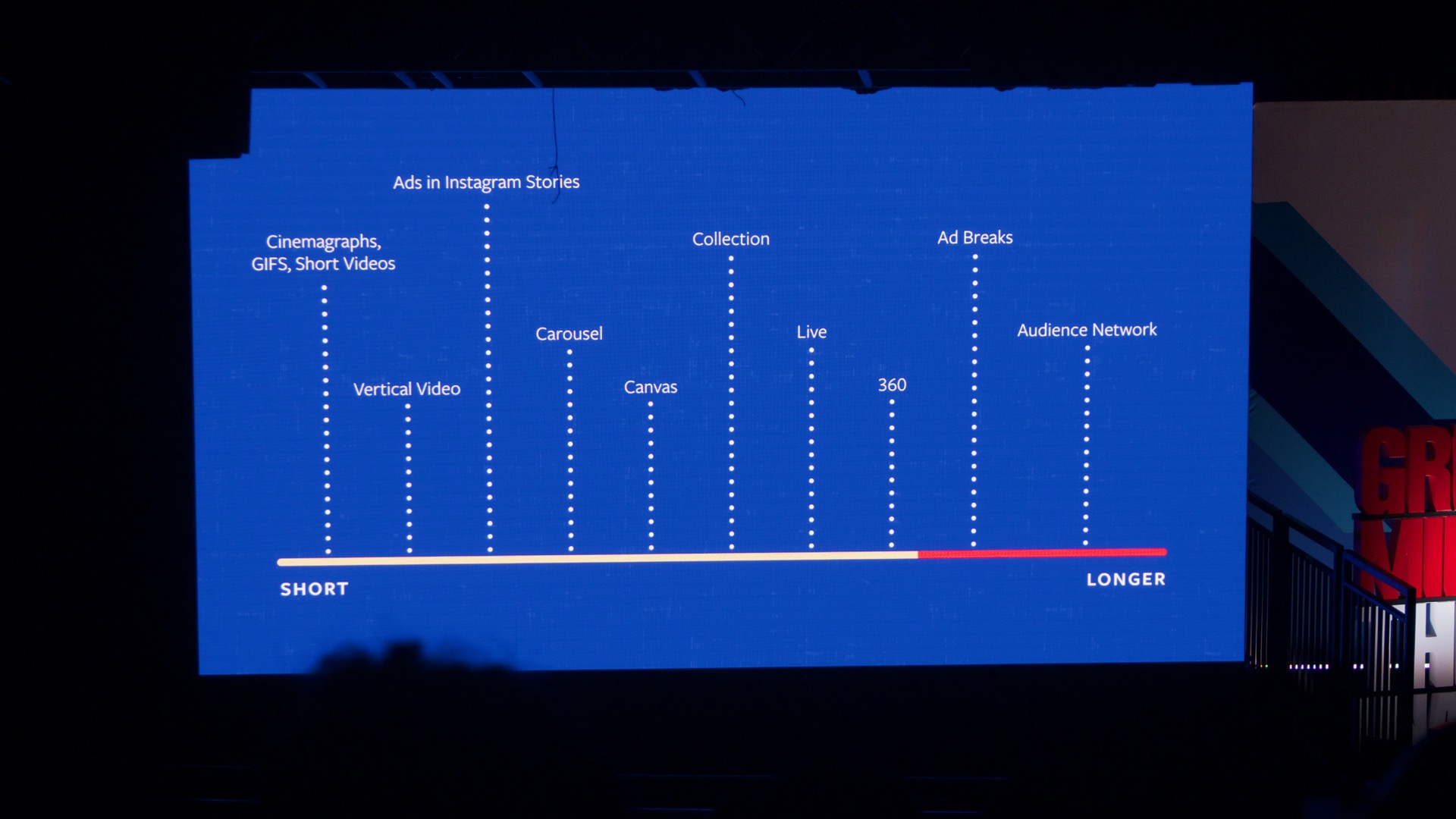
For marketers, video still dominates but requires new strategies to be successful (Advertising Week panel recap)
For several years now, video has been the focus of marketers across verticals and for good reason. Consumers are watching more and more video and as a result, video ads have been successful, adapting to consumer behavior. In fact, Cisco estimates that in three years, 75% of all mobile traffic will be video.
But as video continues to grow, marketers need to adapt their strategies in order for video advertising to continue succeeding. “When I started in marketing almost 25 years ago, video was a 15-30 second video spot,” said Carolyn Everson, VP of Global Marketing Solutions at Facebook during Advertising Week in New York. “Fast forward to 2017 and video is now an accordion of options. There’s still a mindset that ‘video is video.’ But we cannot talk about video as one thing.”

Andrew Robertson, CEO of advertising agency BBDO, agrees with Everson. “You have to think of video as a Swiss army knife, inside of which there are specific things you use for different occasions,” said Robertson. For example, gifs, cinemagraphs, short/longform video and live video all fit under the “video” umbrella but are used in drastically different situations.
As a result, Facebook sees three types of consumer behaviors that have emerged from increased video consumption:
- On the go: This is the type of snackable video content that people watch on their commute or while they’re waiting at the doctor’s office.
- Lean forward: This type of video is a few minutes long. It’s for when you want to engage users a little bit more.
- Lean back: This type of video is for when viewers just want to be entertained, like with TV shows and movies.
What this means for marketers is that your video ads aren’t “one-size-fits-all” and need to be tailored for each context. Traditional video ads 15-30 seconds long used to work for television audiences, but consumers are so used to on-demand ad-free content that it’s unacceptable today to insert that length of video ad for content that’s only a minute or two long.

“Today, we have much better ways to capture people, but we still have to captivate them with creativity,” said Robertson. “For us, that means utilizing data and analytics to justify the investment in creating more complex messaging.”
For marketers, it can be a struggle getting the budget needed to do video advertising right. “You gotta be open and you have to make that trust in your organization,” said Suzy Deering, VP and CMO of eBay North America. “Don’t let the budget or Excel spreadsheet dictate the way.”

In order for marketers to get on the same level with consumer behavior, there needs to be an industry-wide shift. “It’s going to take experiments from smaller brands,” said Robertson. “You have to change the way you work…and for most, that’s a daunting and frightening prospect.” For more established and risk-adverse brands and organizations, Robertson recommends giving part of your organization or brand the autonomy to push boundaries and experiment.
But perhaps the biggest key to success is having a compelling story to tell. “The content and idea has to feel like it’s part of something,” said Deering. “If your brand doesn’t stand for something, you don’t have a ground to anchor on. Without this, none of your content will do what you need it to do.”



